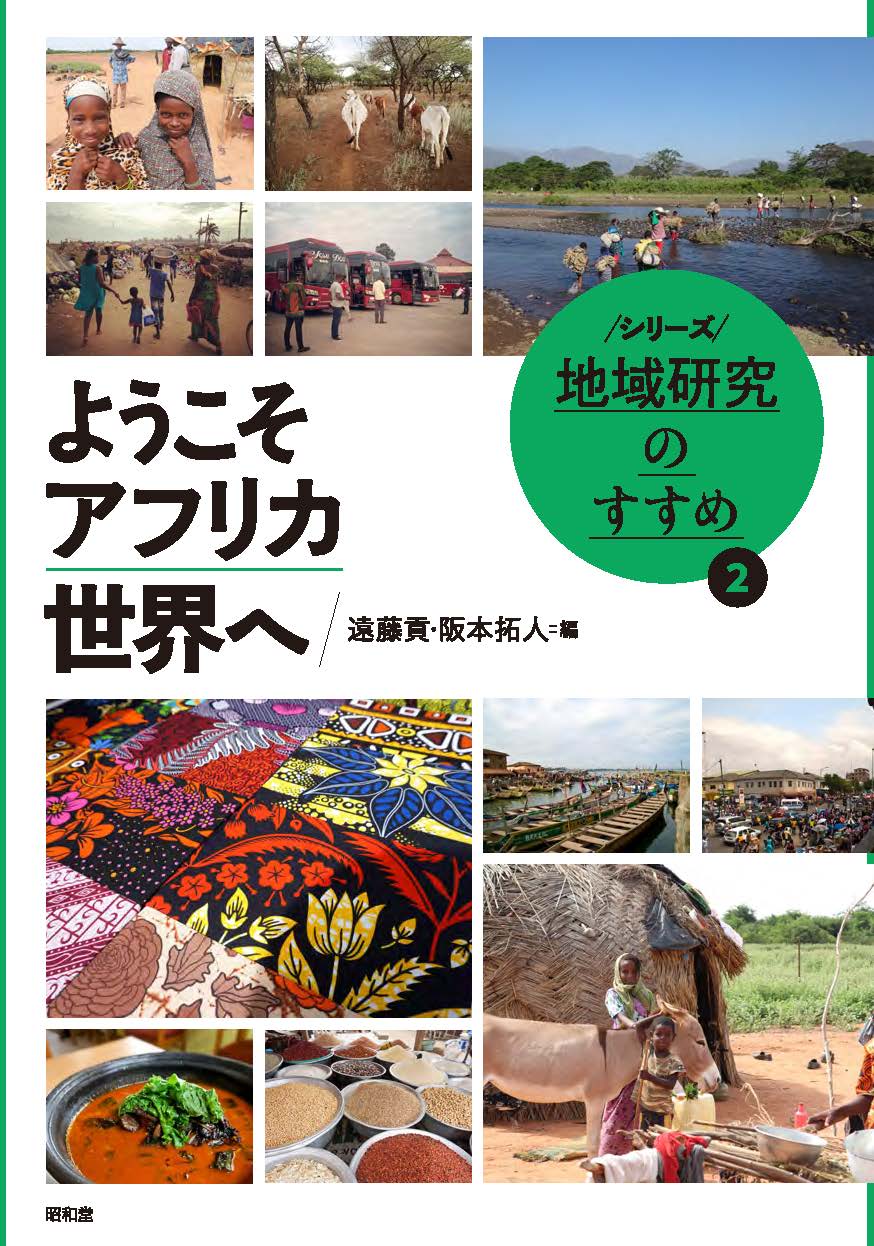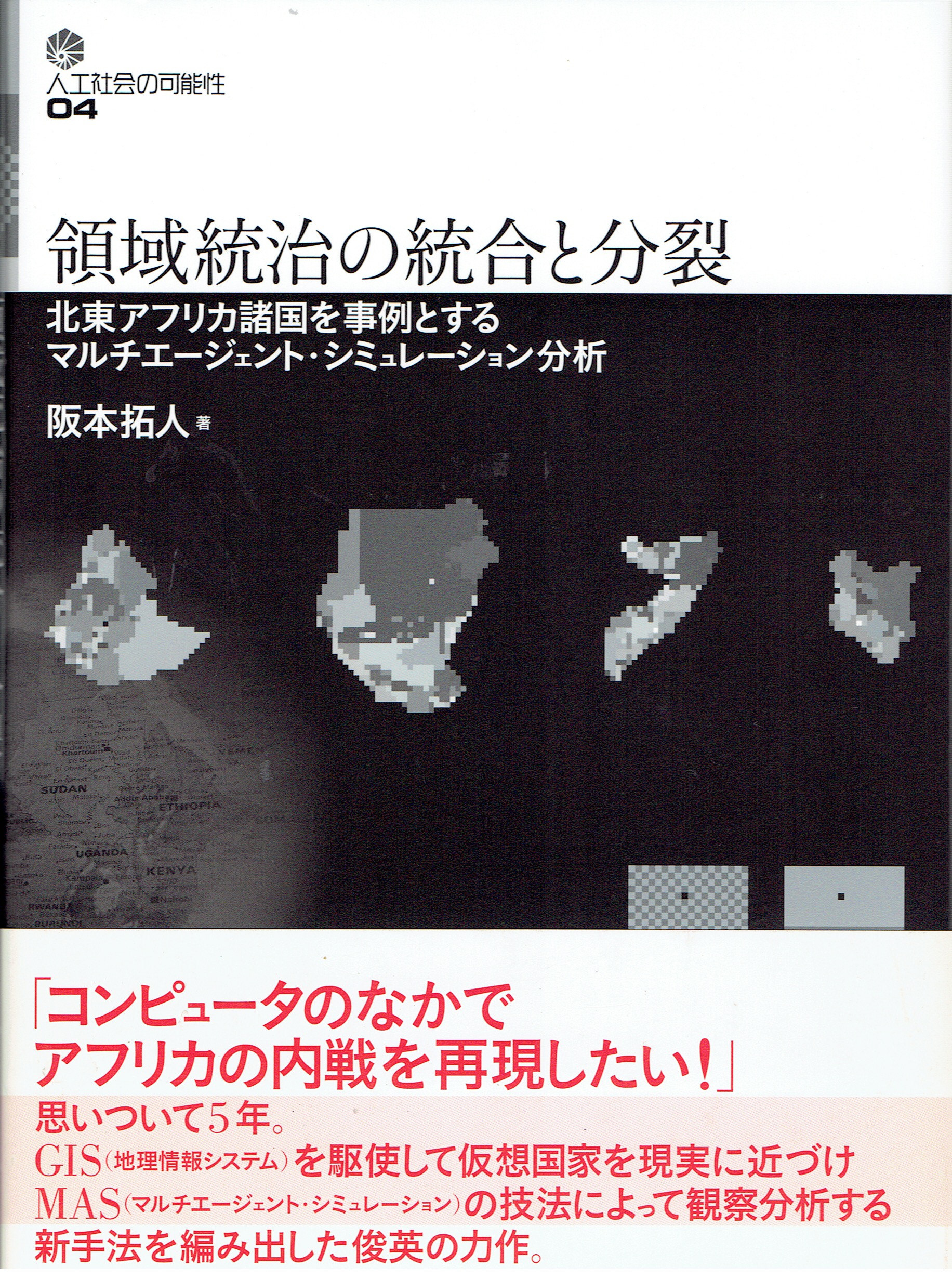
Title
Series: Introduction to Area Studies 2 Youkoso Africa Sekai e (Introduction to African Area Studies)
Size
274 pages, A5 format
Language
Japanese
Released
July 25, 2022
ISBN
9784812221280
Published by
Showado
Book Info
See Book Availability at Library
Japanese Page
Forming part of a series on area studies (titled Shiriizu chiiki kenkyū no susume: “Series: Introduction to Area Studies”) published by Showado, a leading publisher of academic books on area studies, this textbook intends to provide a broad and accessible introduction to Africa, particularly Sub-Saharan Africa (the area of Africa lying south of the Sahara). As one can see from the table of contents, the book includes contributions from 17 authors, including the writers of the columns. Although the book is depicted on UTokyo BiblioPlaza as a work authored by professors from the University of Tokyo, first, a clarification should be made: only two of the 17 authors (Endo and Sakamoto) were from said university. Most of the authors are young or middle-standing researchers who are or will be on the frontlines of Africa studies in Japan. They represent diverse disciplines, including geography, anthropology, politics, education, economics, and history.
The book has two de-facto halves. The first half presents a broad introduction to the continent. It covers the geography and landscapes of Africa (chapter 1), the lives of the people living there (chapter 2), their worldviews (chapter 3), and their histories so far (chapters 4 and 5). The second half covers topics and issues to illustrate the various aspects of Africa today. These include standard, macro-level topics: statehood and political systems (chapter 6), economic structures and development efforts (chapter 7), and intra- and inter-regional relations (chapter 12). Other topics concern so-called human security (two of the authors are members of the Graduate Program on Human Security, at the Graduate School of Arts and Sciences, the University of Tokyo). These topics include different types of human migration, from economic migration to forced migration (chapter 8); efforts to tackle communicable diseases and how these efforts have evolved (chapter 9); spreading educational opportunities and their deepening inequalities (chapter 10); and the social inclusion, or marginalization, of the youth, elderly, people with disabilities, and sexual minorities (chapter 11). The final chapter, chapter 12, reveals the deep-seated relationship between Japan and Africa. Additionally. each chapter contains a reader’s guide with brief commentary, along with columns to provide a more granular focus. Such content should prove useful for readers looking to deepen their studies of Africa.
Though we slightly sing our praises, this book embodies the contributors’ passion and insights, with each chapter providing an engaging and in-depth account. Thus, although readers can gain much from reading a single chapter or column of interest, we would urge readers to treat the volume as a single textbook and read every chapter and article. That way aligns with the area studies approach of gaining a comprehensive and multifaceted understanding of one region. Additionally, by reading the entire book, readers will glean many fresh insights about Africa, a continent unfamiliar to many Japanese people, and thus gain many more inspiring discoveries. In this way, we hope that this book will foster a greater understanding of Africa and the world today.
(Written by SAKAMOTO Takuto, Professor, Graduate School of Arts and Sciences / 2022)



 Find a book
Find a book


